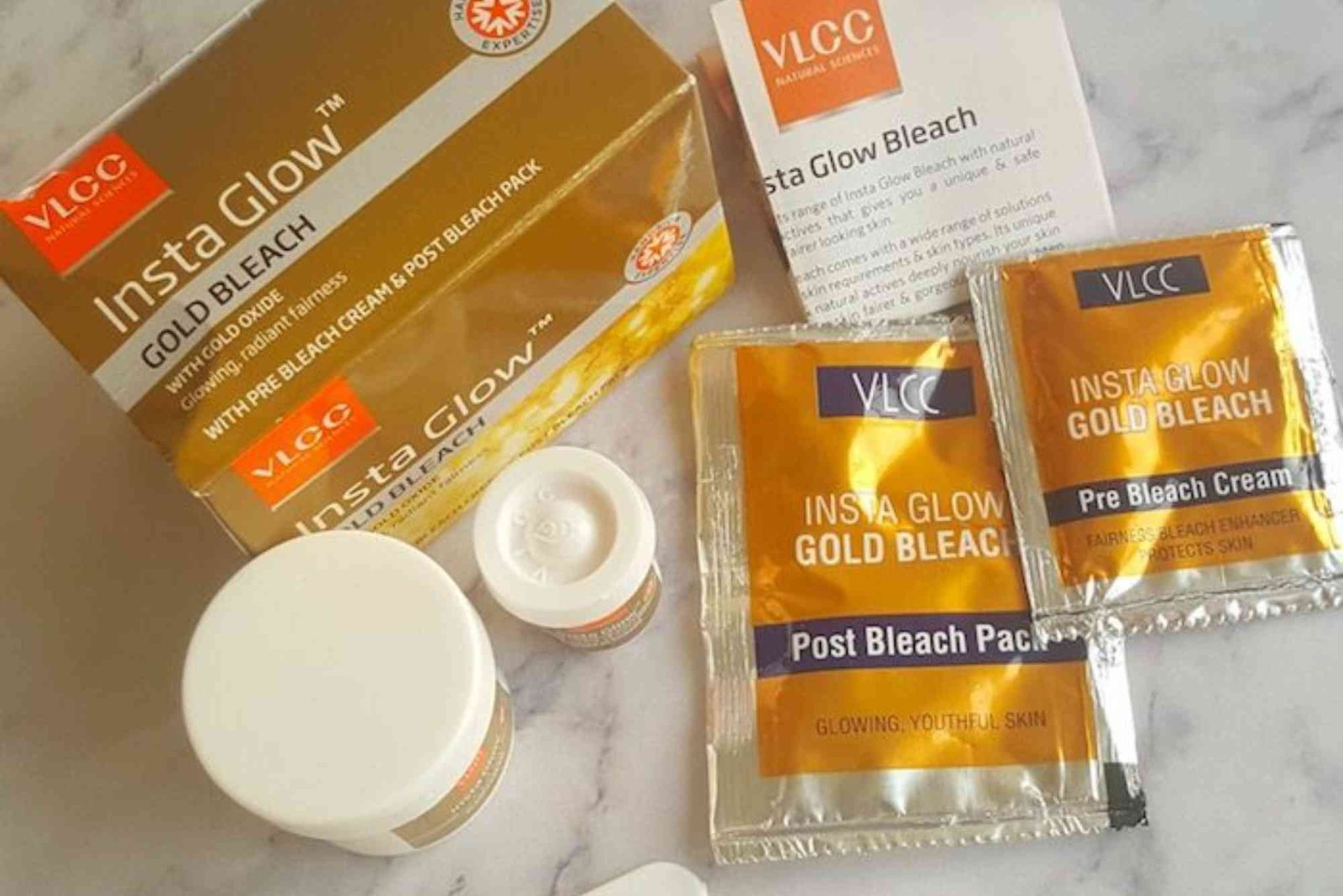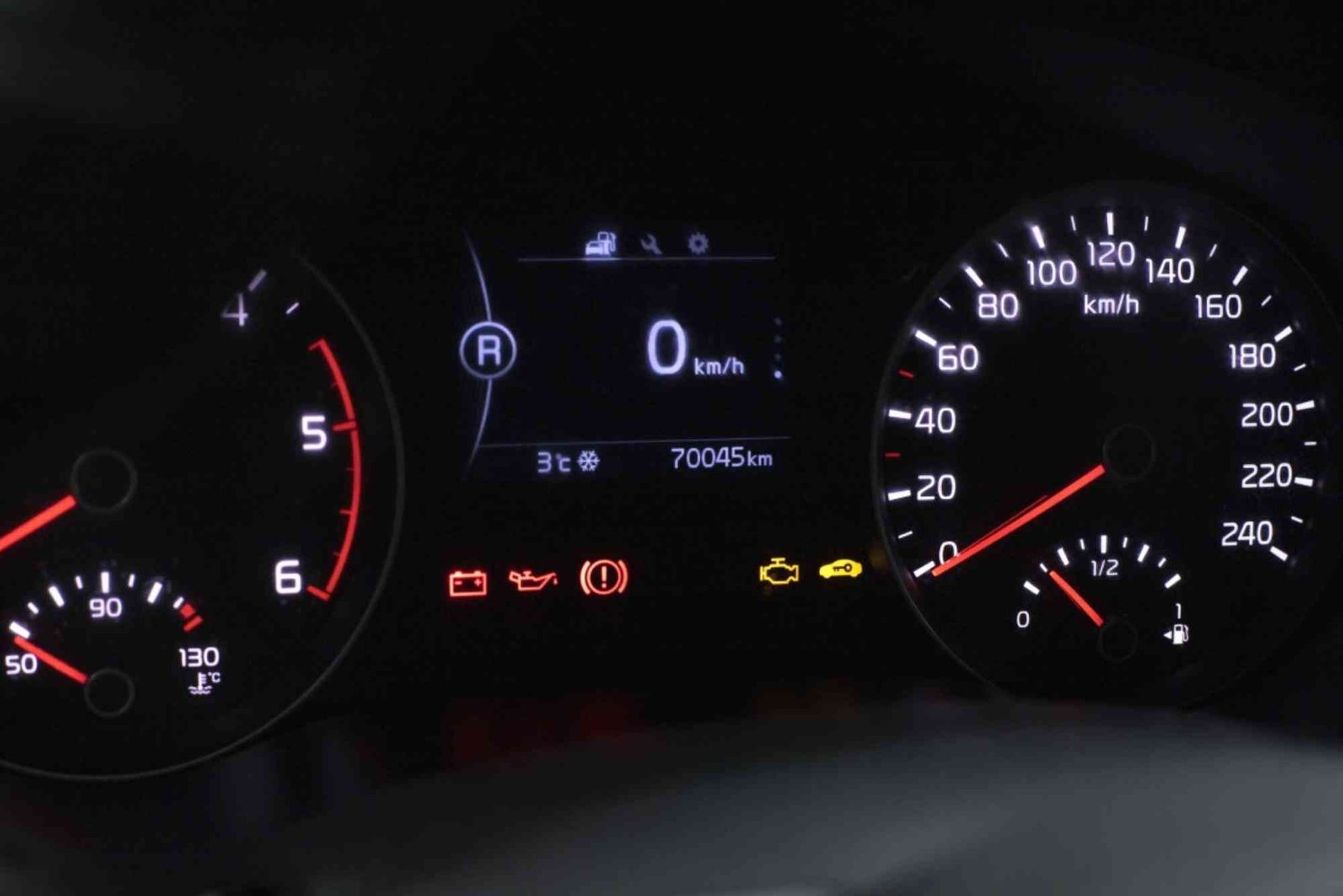Buying a duplex can be an exciting and strategically sound decision for both first‑time homebuyers and seasoned real estate investors alike. Yet, like any major purchase, it carries its own set of advantages and disadvantages. In this article, I’ll share my own experiences and expert‑level insights to help you determine whether a duplex aligns with your financial goals, lifestyle, and long‑term plans. Along the way, I’ll also discuss how products like a fab bank credit card or an Emirates NBD personal loan might play into your financing strategy.
What Exactly Is a Duplex?
Picture a building split into two separate living units—often side by side, sometimes stacked one above the other—each with its own entrance, kitchen, and bathroom(s). That’s a duplex. Although it looks like a large single‑family home from the outside, you’re essentially buying two homes under one roof. This “dual” structure opens up unique opportunities—you might occupy one unit and rent out the other, live in both with extended family, or even rent both for pure investment income.
The Pros of Buying a Duplex
1. Rental Income Potential
One of the biggest draws of a duplex is the built‑in opportunity to generate rental income. In my early days as a homeowner, I purchased a modest duplex in a college town. By renting out the second unit, my monthly mortgage payment was effectively cut in half. That extra income also allowed me to save more aggressively toward renovations and build a financial cushion.
Even if you only live in one side, collecting rent on the other can help cover property taxes, insurance, maintenance, and utilities. Over time, the positive cash flow can accelerate your equity and help you pay down the mortgage faster. If you’re concerned about upfront costs, you might consider pairing your financing with a competitive offering—perhaps leveraging a fab bank credit card for smaller renovation expenses, or structuring larger borrowing through an Emirates NBD personal loan to cover initial repairs before moving tenants in.
2. Owner‑Occupant Financing Options
Because you’re planning to live in one half of the duplex, you qualify for many of the same financing programs as single‑family homeowners. Conventional mortgages with as little as 3–5% down payment, FHA loans with 3.5% down, and even VA loans with zero down (for eligible veterans) can apply. Lenders often view owner‑occupied duplexes as less risky than pure investment properties, so you may secure better rates and terms.
In my case, taking on an FHA loan for my duplex meant lower upfront costs and a competitive interest rate—an ideal combination for my budget. And when unexpected repairs came up—like a leaking roof—I used my fab bank credit card’s 0% introductory APR on purchases to smooth out cash flow until I refinanced into a longer‑term personal loan.
3. Diversification of Living Arrangements
A duplex offers the freedom to adapt your living situation over time. Today you might rent out both units for maximum income; tomorrow, you could move into the other unit if your needs change—perhaps to be closer to a different school district or to accommodate an aging parent. This built‑in flexibility isn’t available with most single‑family homes.
I once had to relocate temporarily for work overseas. Because I already owned both units, I was able to find tenants for both sides without uprooting my primary residence, and manage them remotely, ensuring the mortgage was covered and leaving me free to plan my return.
4. Tax Advantages
Owning rental property brings legitimate opportunities for tax deductions. Mortgage interest, property taxes, insurance premiums, maintenance expenses, utilities, and depreciation can be deducted against rental income. As a result, your taxable income may be significantly reduced, potentially moving you into a lower tax bracket.
I worked with an accountant who guided me through deducting roof repairs and landscaping costs, which lowered my annual tax bill substantially. Even if you take out an Emirates NBD personal loan to finance some improvements, the interest on that loan may also be deductible when tied directly to the rental property’s upkeep.
The Cons of Buying a Duplex
1. Landlord Responsibilities
Being a landlord isn’t simply collecting checks; it means handling tenant issues, vacancies, repairs, and legal compliance. Even with a property manager, you’ll remain ultimately responsible, and management fees can eat into your profits.
My first tenant stormed out in the middle of winter due to a faulty furnace. With no local manager, I scrambled to hire an HVAC technician, borrowed on my fab bank credit card to cover the emergency repair, and lasted weeks without rental income. It taught me the importance of having a robust maintenance reserve and vetting tenants carefully.
2. Financing Complexity
While owner‑occupied rates are attractive, lenders still categorize a duplex as a multi‑unit property. Down payment requirements can be higher, and qualifying income thresholds steeper. If you’re stretching credit limits—whether on credit cards or personal loans—you risk overleveraging yourself.
I advise keeping credit utilization for your fab bank credit card below 30%, and being cautious about combining a mortgage with an Emirates NBD personal loan. While the loan was helpful for covering renovation costs, my debt‑to‑income ratio climbed higher than anticipated, leading to tougher re‑financing terms later on.
3. Resale Market Limitations
Not every buyer wants to take on a rental property. Some neighborhoods have limited demand for multi‑unit houses, making it harder to sell quickly or at top dollar. In areas dominated by single‑family homes, duplexes may sit longer on the market, or require price concessions.
When I decided to move on from my first duplex, I encountered several buyers who offered bare‑minimum offers, expecting major repairs. It took six months and multiple price adjustments before I landed a buyer—and during that time, I was still covering two mortgages.
4. Zoning and Regulatory Hurdles
Local zoning laws, homeowner association rules, and municipal regulations can impose restrictions on rental units, parking, noise, and more. If you plan to split or convert spaces, you must secure permits—sometimes at significant cost or delay.
Before you bid on any duplex, check with city planning offices about occupancy certificates, rental licenses, and building codes. My city required a fire‑safety inspection for each unit—a several‑hundred‑dollar expense I hadn’t budged into my original budget. Later on, an Emirates NBD personal loan was my fallback to cover these regulatory costs without draining my renovation fund.
Financing Your Duplex: Tips and Real‑World Strategies
Blending Loans and Cards Responsibly
Many investors—and first‑time owner‑occupants—lean on a mix of mortgage products, personal loans, and credit cards to bridge gaps. A fab bank credit card with a 0% introductory period can cover small‑scale cosmetics or staging costs, while an Emirates NBD personal loan might finance larger structural upgrades at predictable rates.
However, balancing disparate payment schedules and interest charges demands discipline. I recommend:
- Creating a dedicated reserve account: Set aside 3–6 months of mortgage and maintenance expenses before taking on rental properties.
- Monitoring debt‑to‑income (DTI): Most lenders cap DTI around 43–50%. If you exceed that, securing your primary mortgage or subsequent financing becomes tougher.
- Staggering debt maturities: Avoid having all your debts come due at once. If your fab bank credit card promo ends in 12 months, plan to refinance or pay it off before then—perhaps with a portion of rental income or proceeds from a small Emirates NBD personal loan.
Building Relationships with Lenders
Establishing a solid history with a lender—whether it’s your primary mortgage bank or a consumer bank offering personal loans—can open doors to preferential rates. My relationship manager at Emirates NBD helped me tailor a personal loan that matched my renovation timeline; likewise, maintaining on‑time payments on my fab bank credit card boosted my credit score, enabling me to negotiate a lower APR when I refinanced.
Real‑World Example: From Starter Duplex to Portfolio
Let me paint a brief portrait of how one duplex purchase can evolve into a full‑scale investment strategy:
- Year 1: Purchase a duplex at 4% interest, live in one unit, rent the other for 60% of the mortgage.
- Year 2–3: Use rental income surplus to fund minor upgrades (new flooring, fresh paint) via a fab bank credit card’s 0% APR.
- Year 3: Refinance the entire property at lower market rates; use the cash‑out to buy a second duplex.
- Year 4–5: Leverage an Emirates NBD personal loan to renovate the second duplex, repeat tenant placement.
- Year 6: Manage four units total, enjoy substantial passive income, and plan for a bulk refinancing to maximize cash flow.
This leapfrogging approach isn’t for everyone—operational complexities grow with each property—but it illustrates how a single duplex can seed a broader real estate portfolio.
Is a Duplex Right for You?
Ultimately, the decision rests on your goals, capacity to handle landlord duties, and comfort with blended financing. Ask yourself:
- Do I want to actively manage tenants or outsource to a property manager?
- Can I cover mortgage and maintenance even during extended vacancies?
- Am I prepared for the initial cash outlays for inspections, permits, and renovations?
- Do I have low‑cost credit lines—like a fab bank credit card for short‑term needs—and backup options, such as an Emirates NBD personal loan?
If the answers lean toward “yes,” a duplex can offer both a place to call home and a gateway to wealth‑building through real estate. If uncertainty persists, consider starting smaller—perhaps with a single‑family house—and transitioning later, once you’ve honed your financing and management skills.
Conclusion
Buying a duplex brings together the best and worst of homeownership and real estate investing. On the plus side, you gain rental income, tax benefits, versatile living arrangements, and owner‑occupant financing perks. On the flip side, you assume landlord responsibilities, navigate financing complexities, face resale challenges, and comply with regulations.
By thoughtfully blending tools like a fab bank credit card for manageable upfront expenses and an Emirates NBD personal loan for larger renovation or regulatory costs, you can structure a financing plan that aligns with your cash flow and long‑term objectives. As with any major investment, diligence, planning, and a realistic assessment of your tolerance for risk and management duties will guide you toward the right choice—whether that’s diving into duplex ownership or setting your sights elsewhere on the real estate spectrum.





